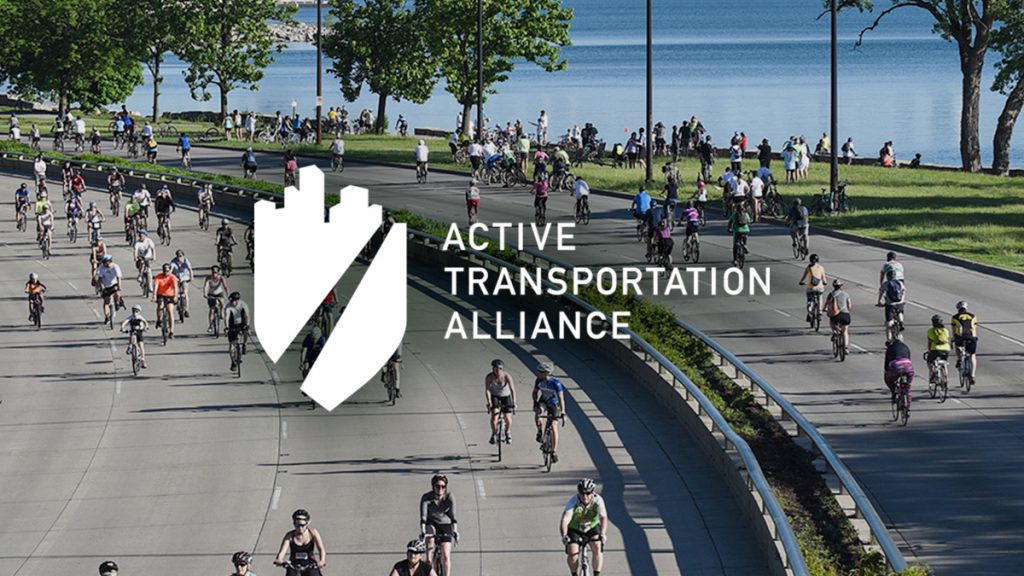My polling place in Lakeview is in one of the worst places to walk in the neighborhood, so I was very interested to overhear two regular poll workers this morning discussing how the location impacts the turnout. I vote on a hospital campus where the street grid is interrupted, so you can't walk where you'd expect you could walk, and until this year parts of the street had no sidewalks. It's just not a pleasant walk — it's out of the way, hard to find, and it's essentially on a utility street for the hospital. But several years back, our polling place was in a hotel right next to the train station, on an very pedestrian-friendly street with lots of foot-traffic. So, this morning one of the poll workers was saying she wondered if it would get busy today. And the other one replied, "Do you remember the last time it was really busy?" I was expecting him to say November 2008, but instead he continued, "It was when we were in the hotel by the train station!" He even said it with passion. "There was a line around the block. It was such a convenient location. People could stop in while walking on their way to the train station."
I would attribute that great voter turnout at the hotel to "transit-oriented development," which means concentrating activity around transit stops in an environment that encourages walking, since transit riders are usually pedestrians while on their way to and from the train. But the poll workers' conversation this morning was one of those little reminders that you don't have to be a transportation advocate or know the jargon to understand the benefits of walkable places with great transit connections. It's just a simple matter of every-day convenience that's apparently powerful enough even to impact our elections.

